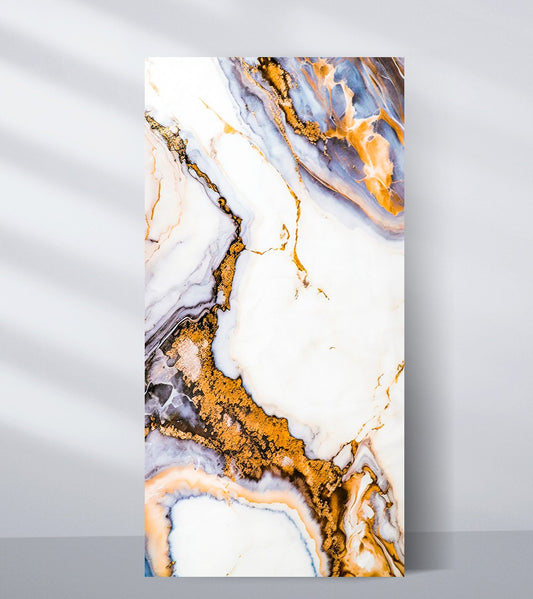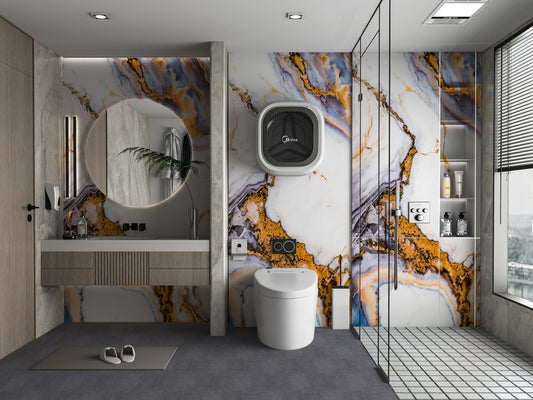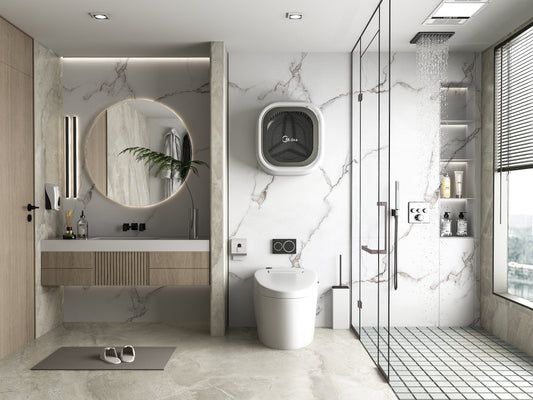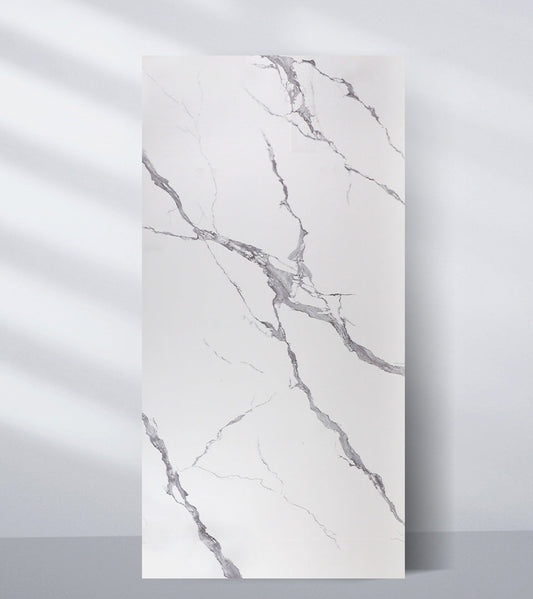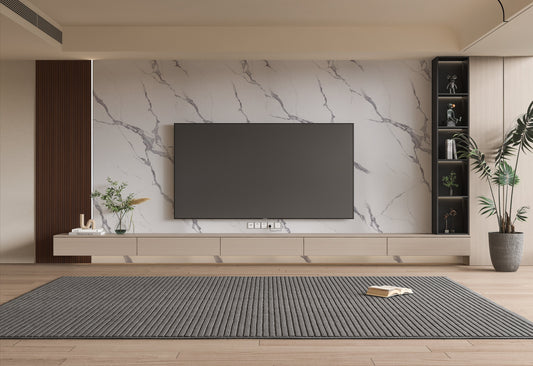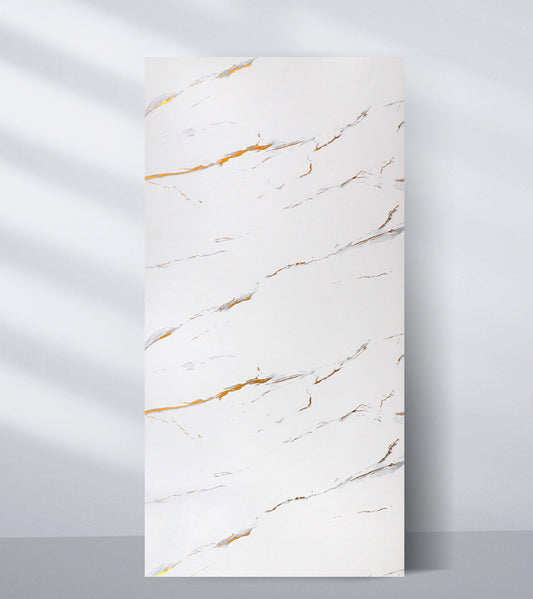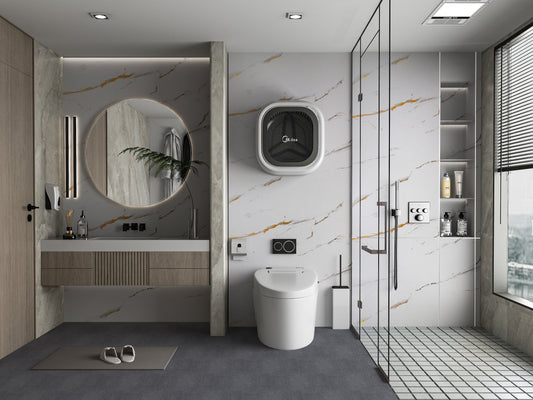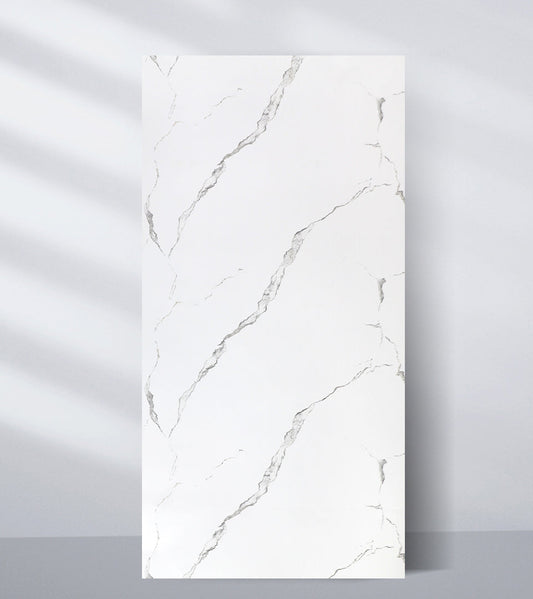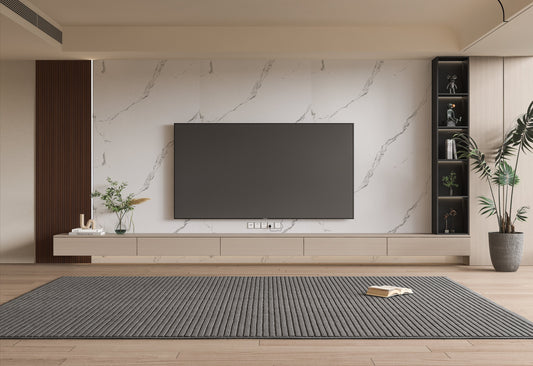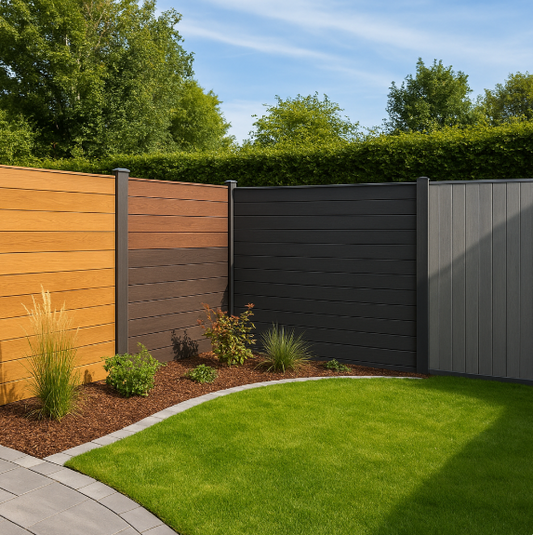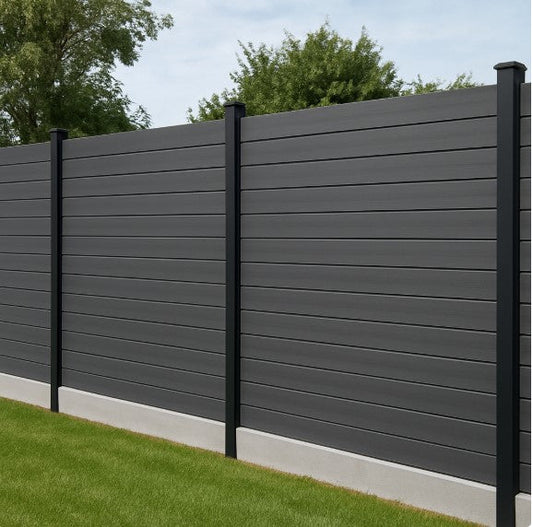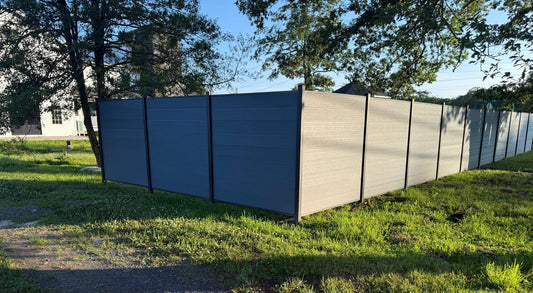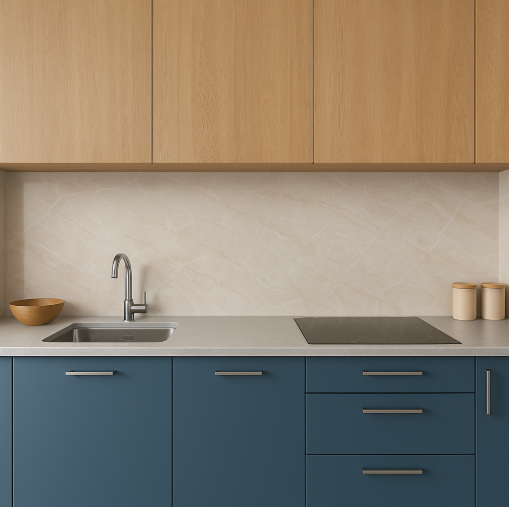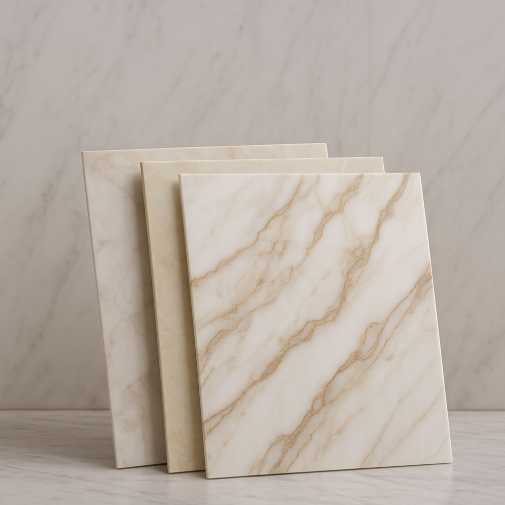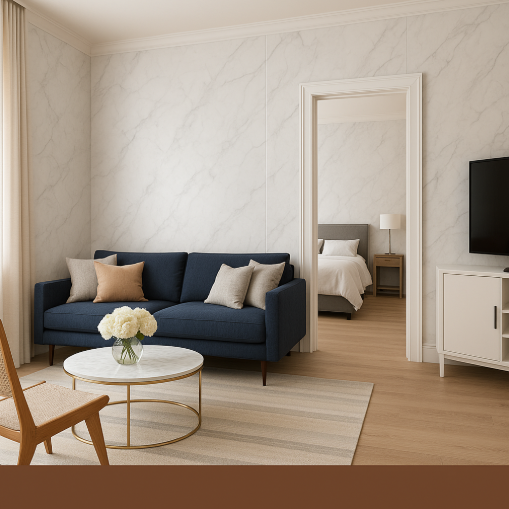In recent years, composite fencing has gained immense popularity as a stylish, sustainable, and long-lasting alternative to traditional materials. Despite its rising demand, many homeowners and property managers are still unsure about investing in this modern solution mainly due to lingering myths and misconceptions.
In this blog, we’ll debunk the most common myths about composite fencing, helping you make an informed decision about this game-changing product. Whether you're exploring composite fence design trends, evaluating composite fence vs wood, or looking for the best composite fence colors, this guide will give you clarity and confidence.
Myth #1: Composite Fencing Looks Fake and Unnatural
The Truth: Today’s Composite Fence Textures Are Exceptionally Realistic
One of the biggest myths is that composite fences look “plastic” or artificial. While this may have been somewhat true in the earliest versions of composite materials, things have drastically changed.
Modern composite fencing now features textured finishes that replicate the rich grains of wood, the smooth elegance of stone, or even the matte sophistication of painted surfaces. With technological advancements in manufacturing, you can now find composite fences in multiple textures like:
- Brushed wood grain
- Sandblasted stone finish
- Matte or satin smooth panels
These realistic composite fence textures not only look authentic but also retain their finish for years without requiring repainting or staining.
 |

|
Myth #2: Composite Fencing Comes in Limited Color Options
The Truth: There’s a Wide Range of Composite Fence Colors to Match Any Style
Another common misconception is that composite fencing only comes in a few neutral shades. In reality, the market now offers a wide array of composite fence colors to suit modern tastes and architectural themes.
Whether you prefer warm earthy tones like walnut and mahogany, or cooler shades like slate grey, charcoal, or even contemporary black, there are options to complement every outdoor palette.
Here are some of the best composite fence colors trending in 2025:
- Charcoal Grey: Sleek and modern, perfect for minimalistic landscapes
- Cedar Brown: Offers a classic, wood-like appeal with low maintenance
- Black: Ultra-modern and high-contrast, ideal for architectural homes
- Driftwood Grey: A beachy, weathered look that pairs well with coastal themes
Unlike wood, these colors are fade-resistant and maintain their vibrancy over the years.
Myth #3: Composite Fences Aren’t Durable
The Truth: Composite Fencing Is Built to Withstand the Elements
Many people believe composite fencing is less sturdy than traditional wood or metal. In fact, modern composite fencing is engineered for superior durability. Made from a mix of recycled wood fibers and high-performance plastics, these fences are:
- Moisture-resistant: No swelling, warping, or rotting
- UV-resistant: Protected against fading and sun damage
- Termite-proof: Unlike wood, composite materials don’t attract pests
- Impact-resistant: Withstand dents, cracks, and physical pressure
This makes them ideal for regions with extreme weather whether it’s blazing sun, heavy rain, or snow.
Myth #4: Composite Fencing Is Too Expensive
The Truth: It’s More Cost-Effective in the Long Run
While it’s true that the initial cost of composite fencing is higher than wood, the long-term savings are significant. Wood fences require frequent maintenance staining, sealing, and repairs while composite fencing remains virtually maintenance-free for decades.
Here’s how composite fence vs wood compares financially over time:
|
Feature |
Composite Fence |
Wood Fence |
|
Initial Cost |
Higher |
Lower |
|
Maintenance |
Minimal (occasional wash) |
High (staining, sealing) |
|
Lifespan |
25–30 years |
10–15 years |
|
Rot/Termite Resistance |
Excellent |
Poor to moderate |
|
Color Retention |
Excellent |
Requires touch-ups |
Considering these factors, composite fencing is a smart investment for homeowners who want beauty, durability, and peace of mind.
Myth #5: Composite Fencing Is Hard to Install
The Truth: Many Systems Are DIY-Friendly
Composite fencing has evolved to accommodate both professional installers and confident DIYers. Most systems today come with:
- Interlocking panels
- Pre-routed posts
- Easy-to-follow instructions
- Hidden fasteners
If you're handy with basic tools and enjoy weekend projects, installing a composite fence could be a satisfying and achievable task. And if you’d rather have it done professionally, most contractors are well-versed in modern composite systems.

|
 |
Myth #6: Composite Fencing Doesn’t Offer Design Variety
The Truth: Composite Fence Design Trends Are Evolving Rapidly
Some assume composite fences all look the same, but the market now includes a wide spectrum of composite fence design trends tailored for various property types and personal styles. You can choose from:
- Vertical or horizontal slat styles
- Board-on-board privacy designs
- Decorative panel inlays
- Slatted composite and aluminum combos
Whether you want a sleek boundary for a modern urban home or a semi-private fence with artistic flair, there are countless composite fencing ideas to suit your vision.
Myth #7: Composite Fences Aren’t Eco-Friendly
The Truth: They’re One of the Most Sustainable Fencing Options
Eco-conscious homeowners often worry about using composite materials. In reality, composite fences are made from recycled materials, such as reclaimed wood fibers and recycled plastic. By choosing composite, you’re:
- Reducing demand for virgin timber
- Minimizing landfill waste
- Supporting sustainable manufacturing practices
In addition, their long lifespan means less material waste over time, making them a greener choice compared to wood or vinyl.
Myth #8: Composite Fencing Is Only for Modern Homes
The Truth: It Can Be Styled for Any Property Type
While modern composite fencing looks great with contemporary architecture, its versatility makes it suitable for traditional, rustic, industrial, and even farmhouse-style homes.
You can match your fence to your home’s aesthetic with the right:
- Texture (rustic woodgrain, smooth matte, etc.)
- Color (earth tones for traditional homes, greys for modern spaces)
- Design layout (clean lines for contemporary homes, decorative panels for eclectic spaces)
The result? A seamless integration that enhances curb appeal across any property style.
Final Thoughts: Debunking the Myths for Good
With outdated perceptions finally out of the way, it’s clear that composite fencing offers a wealth of advantages low maintenance, long-term value, design versatility, and eco-conscious manufacturing.
Whether you’re researching the best composite fence colors, exploring the latest composite fence design trends, or weighing the composite fence vs wood debate, the facts speak for themselves: composite is the future of fencing.
At Accel Inc, we provide high-quality modern composite fencing solutions that combine aesthetics, innovation, and durability. Browse our collections today to discover trending composite fence colors, versatile textures, and inspiring fencing ideas that can transform your property.
Have more questions about composite fencing?
Get in touch with our experts or check out our installation guides and design galleries to explore your ideal outdoor setup.

